If and when Baldur’s Gate 3 finally receives a sequel, there’s going to be one big issue looming over the game’s party members. After launching in 2023 to monumental success, the cast of BG3 have quickly cemented themselves as some of the most beloved characters of the modern era. Whether fans fell in love with the dry wit of Astarion or the puppy dog-like loveability of Karlach, each one of the game’s companions has their own claim to fame.
But while each of the ten companions in BG3 is a fantastic character when standing on their own, seeing them all lined up as a group highlights one very notable issue: there’s a distinct lack of variety when it comes to their species. A character’s species (previously referred to as “race” prior to the Dungeons & Dragons 2024 rules update) is one of the main components that determines their abilities, alongside class. And while D&D offers a large variety of species for players to choose from, the party in Baldur’s Gate 3 doesn’t represent that same variety.
Baldur’s Gate 3’s Companions Lack Species Diversity
Too Many Humans And Elves
There are ten companions for players to meet, recruit, and potentially woo in Baldur’s Gate 3; of those ten, only two —Lae’zel the githyanki and Karlach the tiefling —are not some variety of elf, human, or a combination of the two. There is still some variety to be had even among those of the same species: Minthara, for example, is a drow, an elf native to the subterranean Underdark, while Astarion is a vampire in addition to being a high elf. But that doesn’t change the fact that eight out of ten companions in the game belong to one of three main species.
|
Companion |
Species |
|---|---|
|
Astarion |
High Elf |
|
Gale |
Human |
|
Lae’zel |
Githyanki |
|
Shadowheart |
High Half-elf |
|
Wyll |
Human |
|
Karlach |
Tiefling |
|
Halsin |
Wood Elf |
|
Minthara |
Drow (dark elf) |
|
Jaheira |
High Half-elf |
|
Minsc |
Human |
Baldur’s Gate 3 has eleven races players can choose from when making their own character: human, elf, drow, half-elf, dwarf, halfling, gnome, half-orc, tiefling, dragonborn, and githyanki. This ends up leaving the majority of species that are available completely unrepresented in BG3‘s main lineup, even if the player does opt for one of the other options for their own character. Despite being a mainstay in traditional D&D and the fantasy stories that inspired it, there are no dwarves or halflings to travel alongside the player on their adventures.
Why BG3’s Party Doesn’t Have The Variety It Should
Technical Limitations May Have Held Larian Back
It’s unlikely that Larian Studios simply overlooked or ignored the rich variety of species available in D&D when it was designing the cast of Baldur’s Gate 3. Chances are that it was a matter of technical viability and the potential difficulties of translating motion-captured performances to characters with less humanoid proportions. There are thousands of lines of dialogue in BG3 for the companions alone, and translating an actor’s performance to the reptilian features of a dragonborn, for example, may have seemed daunting.
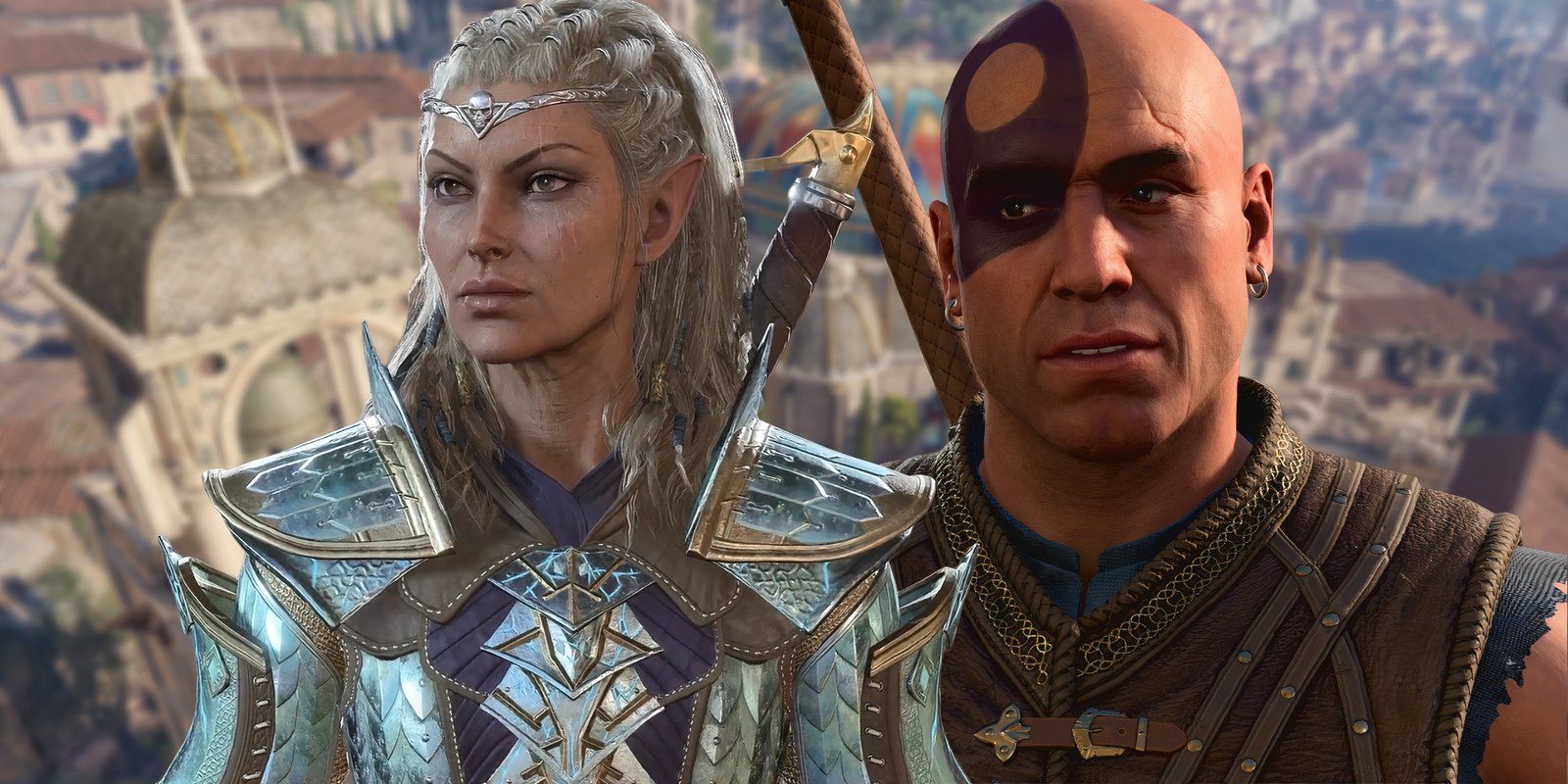
Related
There’s One Big Reason To Swap Out Your Favorite Baldur’s Gate 3 Companions In Act 3
It’s tempting to keep your favorite companions by your side until the end of Baldur’s Gate 3, but here’s why you should consider switching them out.
But that doesn’t mean the task would be impossible, and Larian itself even proved it with the rich variety of NPCs found throughout the world of BG3. Enemies, merchants, quest-givers, and even random townsfolk come in all shapes and sizes and represent the full breadth of species available in the game. Seeing the full diversity of Faerûn on display like that makes the homogeneity of the main protagonists even more glaring by comparison.
Baldur’s Gate 3 does also include the option to recruit hirelings into the player’s party who represent more species than the main companions do, but they lack the full personalities and stories that companions offer.
It’s hard not to imagine some of those NPCs easily slotting into the party to fill in some of the gaps, especially with the companions also lacking coverage of the game’s available classes (no monk, no bard, but two druids). The deep gnome Barcus Wroot spends enough time hanging around in camp that he feels like a party member anyway, and would be a perfect fit if BG3 added the Artificer class from D&D. Missed opportunities like that aren’t game-breakers, but they do sting a little bit.
Ignoring Other Species Leaves Out One Of The Best Parts Of D&D
Experimenting With Character Combinations Is Part Of The Fun
Building a character is one of the most fun parts of playing Dungeons & Dragons, and that’s also true for Baldur’s Gate 3, as evidenced by the literal years players have spent in the character creator alone (via Larian Studios on X). With eleven species and twelve classes available, plus the various subraces and subclasses to choose from, there are hundreds of possible combinations with which to craft a character before you even get into assigning ability scores or picking spells.
By making a party that leans so heavily into humans and elves, BG3 robs players of the ability to adventure with most of those combinations when customizing their party lineup. Astarion’s class can be changed from rogue to barbarian, but you can never make him anything but a high elf. It leaves players feeling locked in, especially when every companion of high elf ancestry starts with the same Fire Bolt cantrip.
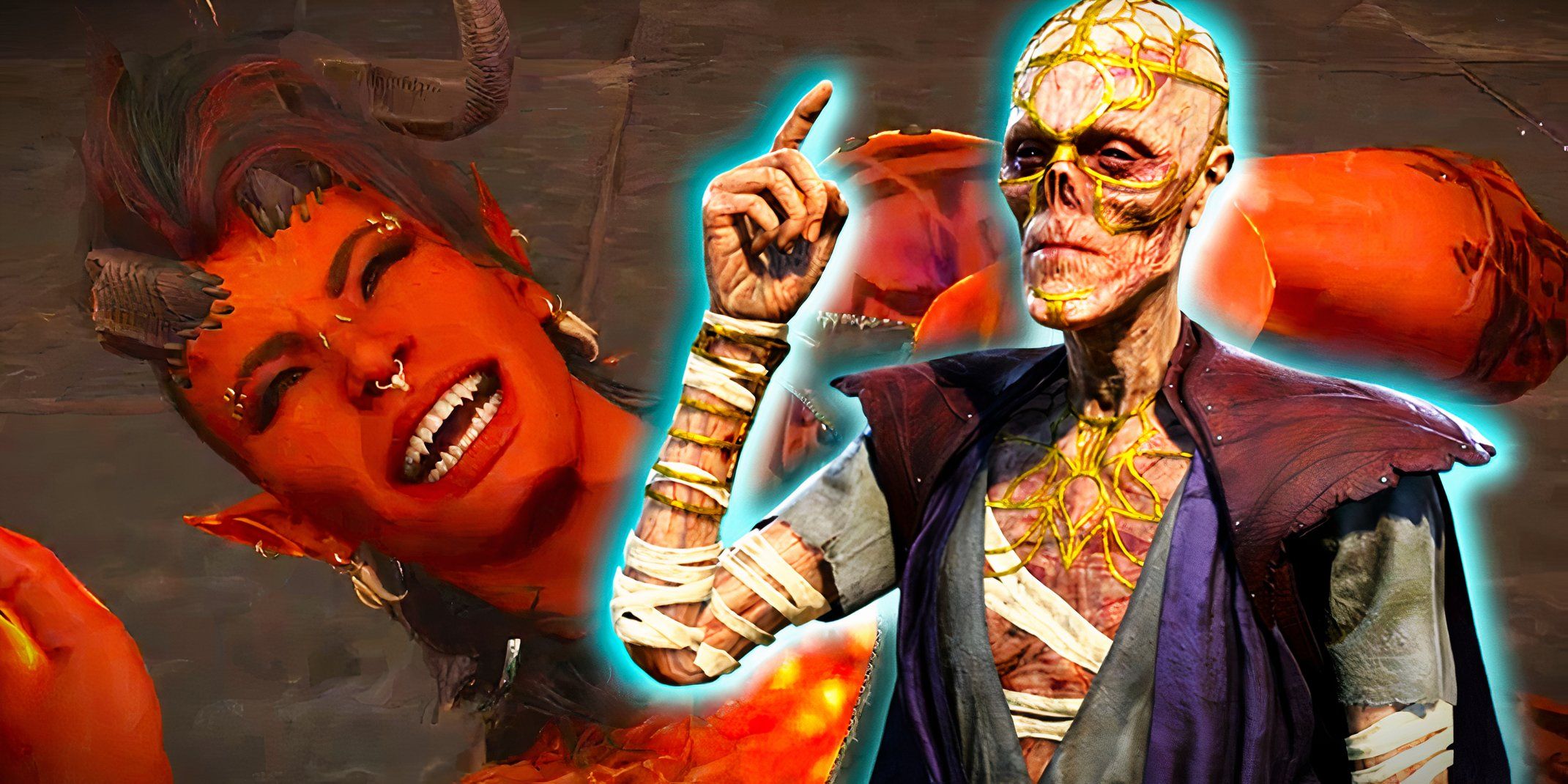
Related
10 Funniest Ways To Respec Your Companions In Baldur’s Gate 3
Baldur’s Gate 3 allows players to change the classes and stats of any of their companions, and there are some funny ways to respec the characters.
The lack of species diversity in the party doesn’t just hurt the game’s mechanics, but it also limits the story’s potential. Lae’zel’s personal journey is heavily influenced by her githyanki heritage and upbringing; by omitting species like dwarves and half-orcs, BG3 is ignoring so many stories that could only be told by those characters. Baldur’s Gate 3 has a fantastic narrative full of depth and player choice, but it’s a story that doesn’t fully represent the world in which it takes place.
Baldur’s Gate 4 Will Have More Options Than Ever
New D&D Rules Will Form The Basis Of A Future Sequel
The fifth edition of Dungeons & Dragons was the most successful in the game’s lifespan, but after enjoying a lengthy ten-year run it was updated with the release of the revised Player’s Handbook and Dungeon Master’s Guide in 2024. While Baldur’s Gate 3 was based on the original rules of fifth edition, a future sequel will have to take the new rules into account.
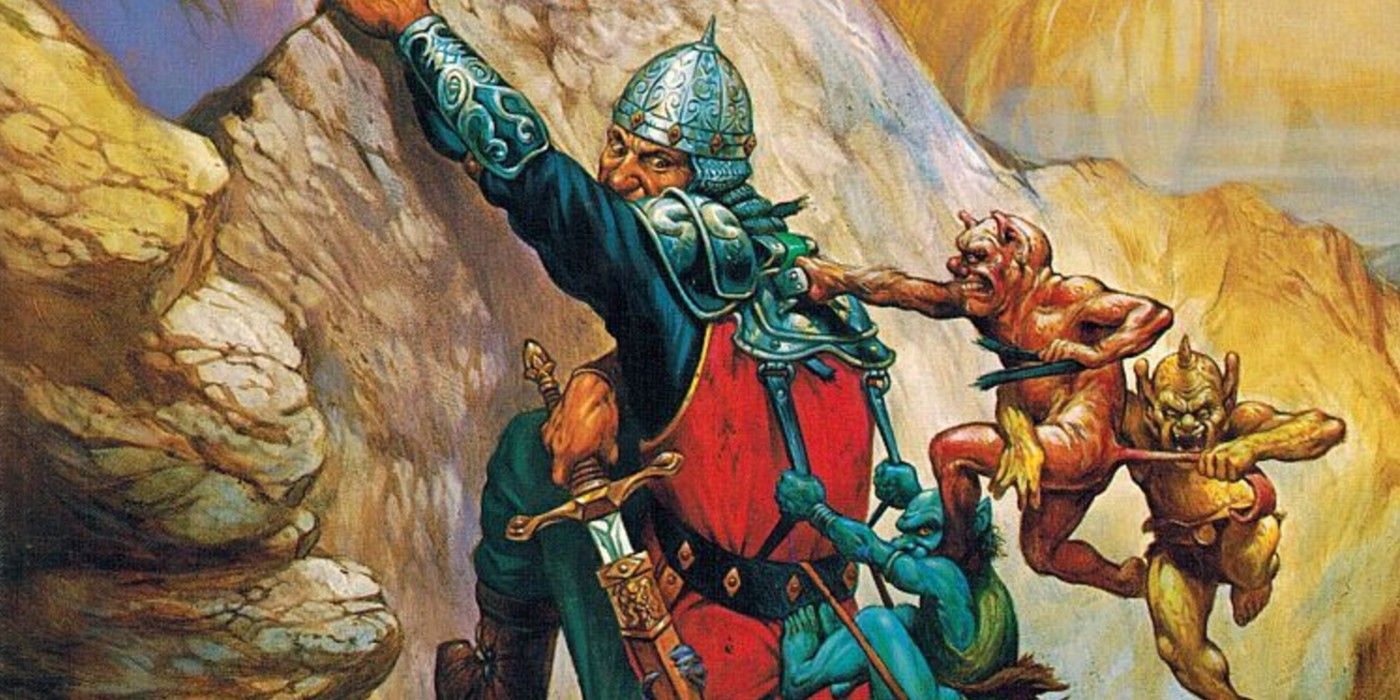
Related
D&D: How DMs Can Avoid The Biggest RPG Mistakes In Their Own Campaigns
There is a place for filler sessions in some Dungeons & Dragons campaigns, but a low-stakes session at the wrong time can eradicate dramatic momentum.
With the release of the new book came updated character creation rules with several new species not found in the 2014 handbook, including goliaths, orcs, and aasimars. Aside from the addition of githyanki, BG3 stuck pretty close to what was in the Player’s Handbook, so a hypothetical Baldur’s Gate 4 would presumably do the same with the new rules in place. That means more options for players to build characters with, but also an increased need to reflect that diversity in the game’s playable characters.
When people get together to play D&D, their party of adventurers will be as wild and varied as the personalities of the players at the table, but BG3 doesn’t offer the same option. D&D is changing, and the games that it inspires need to change with it. Baldur’s Gate 3 is an amazing game, but this is one area where there’s room for improvement in the sequel.
Source: Larian Studios/X
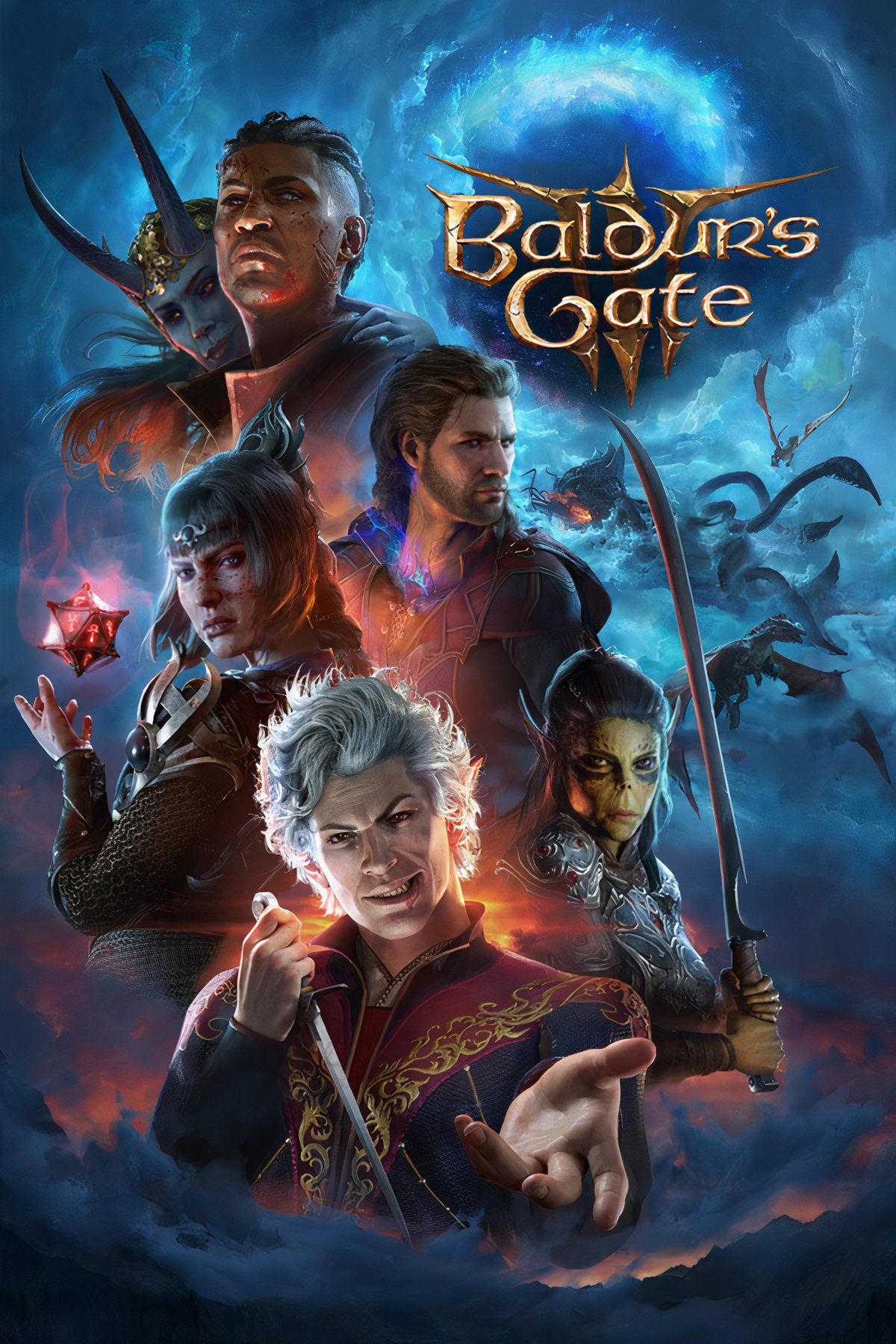
- Platform(s)
-
PC
, macOS
, PS5
, Xbox Series X - Released
-
August 3, 2023
- Developer(s)
-
Larian Studios
Baldur’s Gate 4 is a highly anticipated game for fans of the popular RPG series. However, there is one glaring issue that needs to be addressed in the upcoming installment – the lack of depth and development in party members.
In previous games, party members often felt like mere placeholders, with little to no backstory or personality. This made it difficult for players to form emotional connections with their companions, ultimately leading to a lackluster gaming experience.
To truly immerse players in the world of Baldur’s Gate, the developers need to focus on creating rich, dynamic characters that players can truly care about. Each party member should have a unique backstory, motivations, and personality traits that make them feel like real individuals.
Additionally, there should be opportunities for players to deepen their relationships with party members through meaningful interactions and quests. This could include dialogue options that allow players to learn more about their companions, as well as choices that impact the dynamics within the party.
By addressing this one problem with party members, Baldur’s Gate 4 has the potential to deliver a truly unforgettable gaming experience that resonates with fans for years to come.
Tags:
Baldur’s Gate 4, party members, RPG, role-playing game, video game, character development, companions, player interaction, storytelling, game mechanics, questing, fantasy, game design, party dynamics, party management, character relationships, character customization, party balance, NPC interactions.
#Baldurs #Gate #Fix #Problem #Party #Members
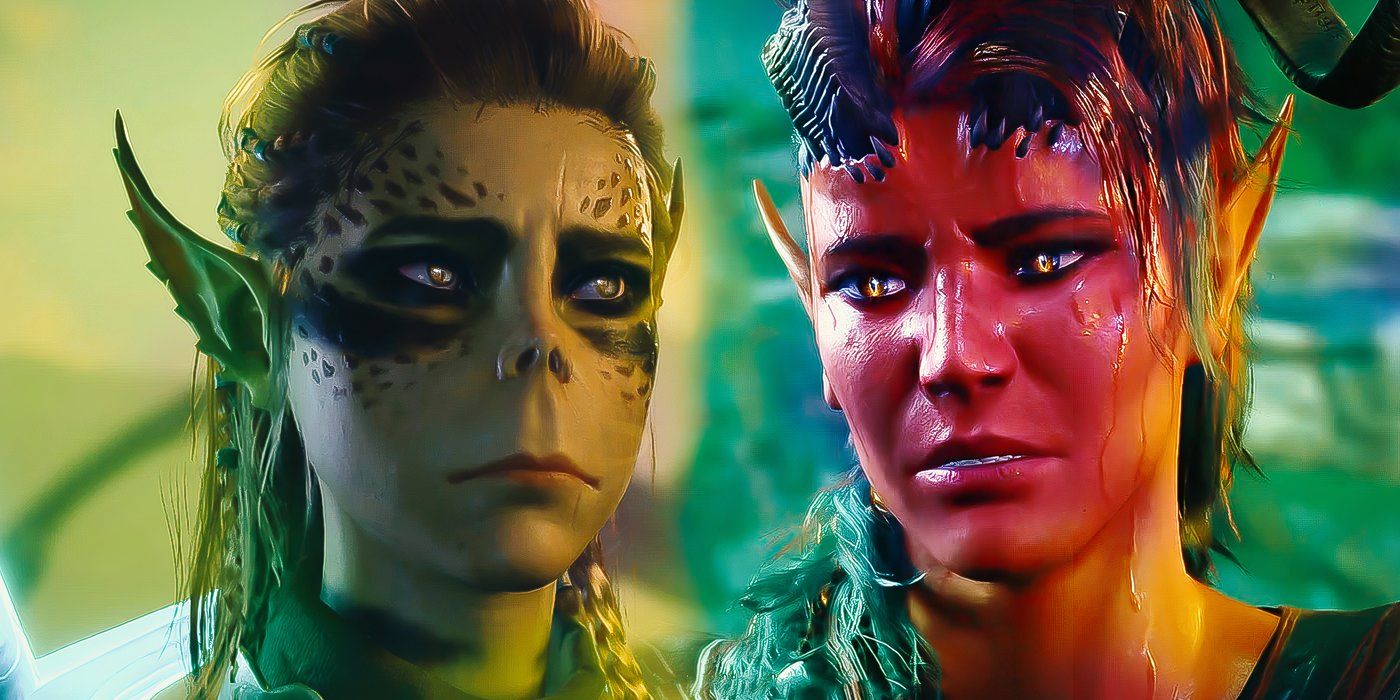
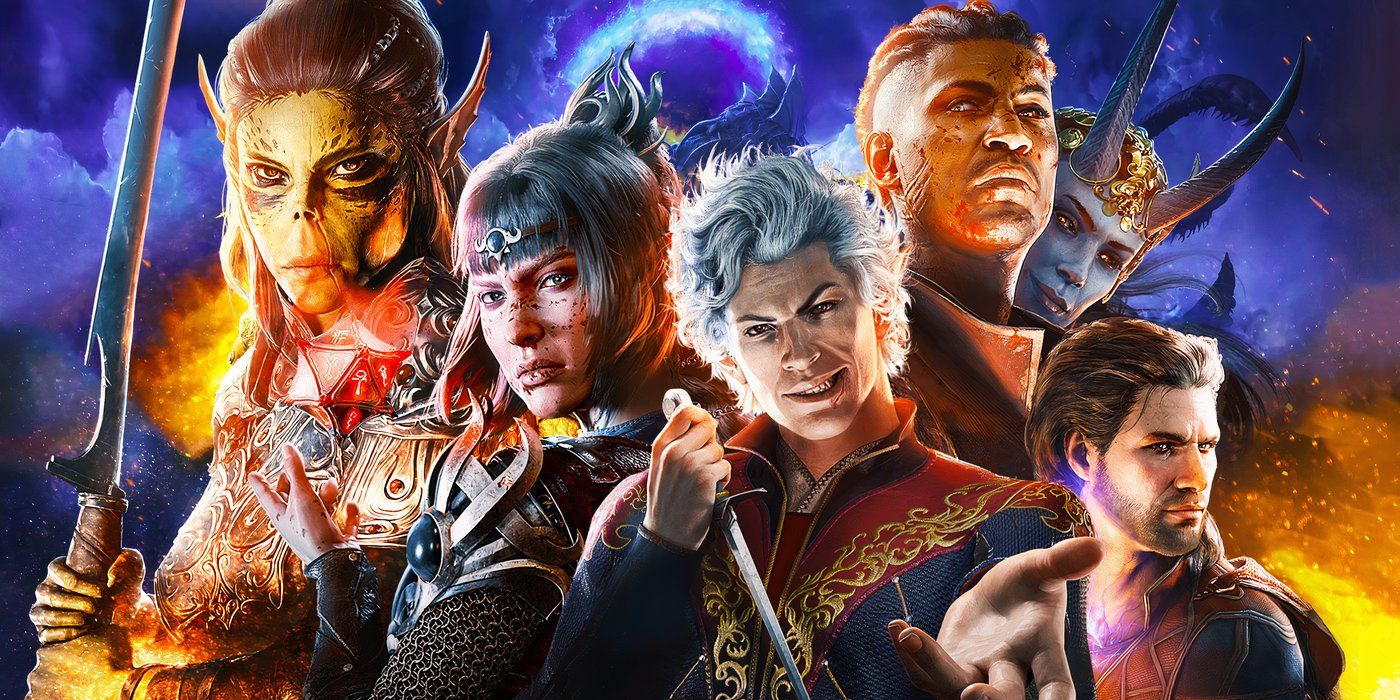
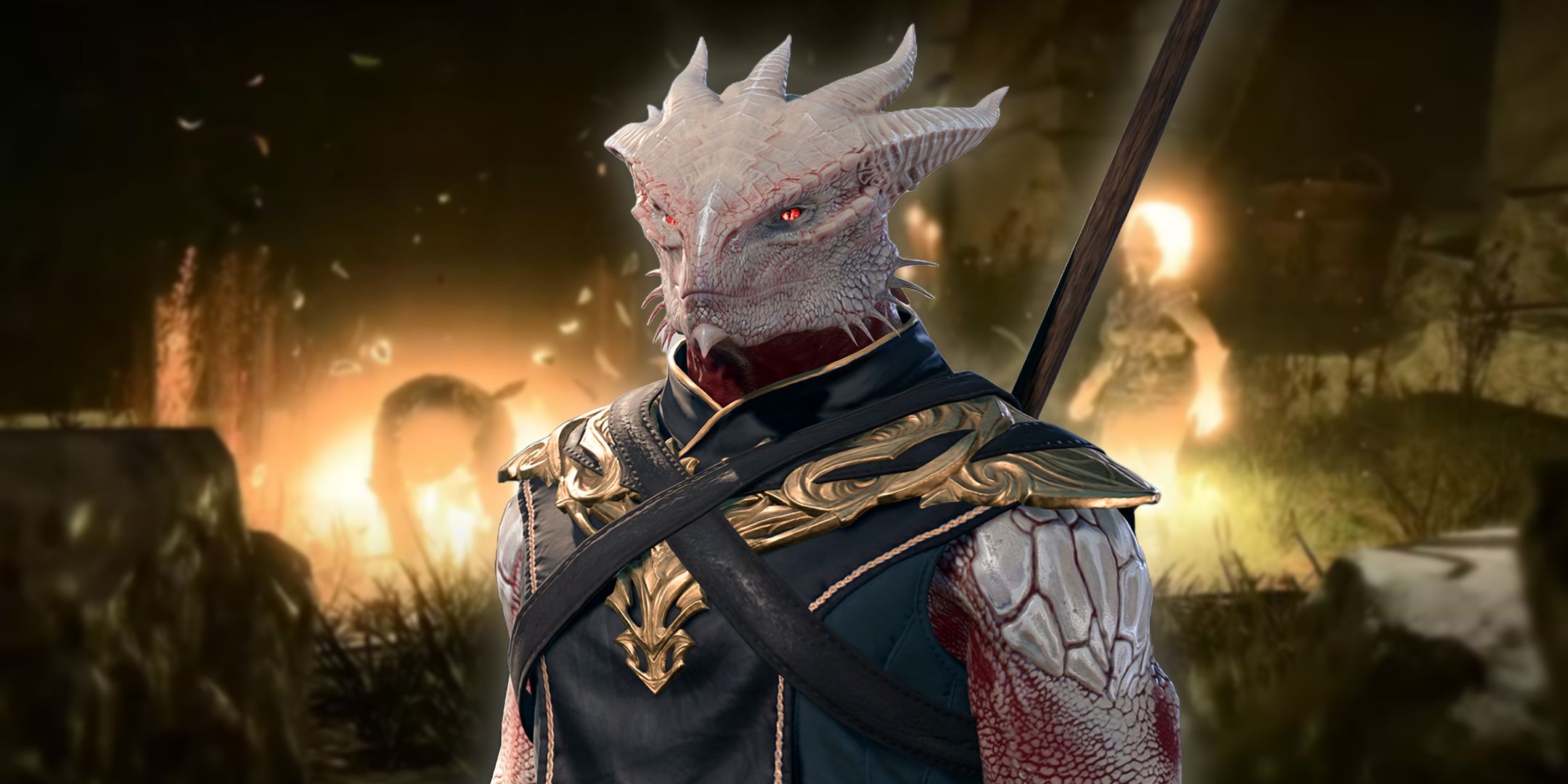
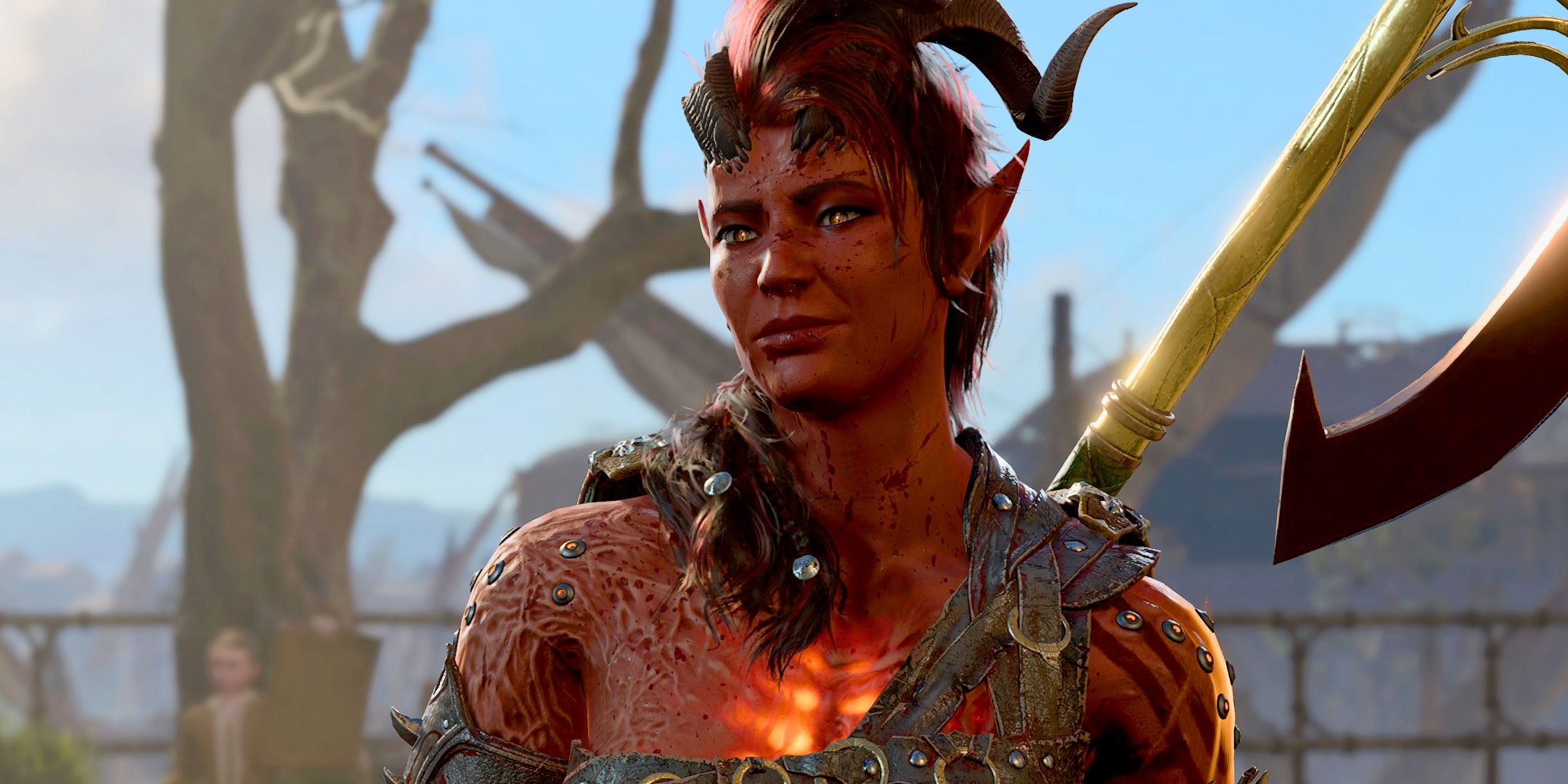
Leave a Reply
You must be logged in to post a comment.